An island not simply for rest and relaxation, with more to it than just beaches – although they are hard to beat -, St. Vincent is teeming with both tamed and wild natural beauty, just waiting to be explored!
For the untamed: hike through rainforests to greet the wild and active stratovolcano, La Soufrière, or submerge yourselves in the Owia salt ponds, where deposits of volcanic rock form seawater baths. Waterfalls, caves, tunnels and cays are all on offer here on the idyllic island of St. Vincent. Where man has intervened, explore gardens, the capital city: Kingstown, mills, forts, cathedrals and parks. Here are the best activities for your stay in St. Vincent.
Popular attractions & excursions in St. Vincent
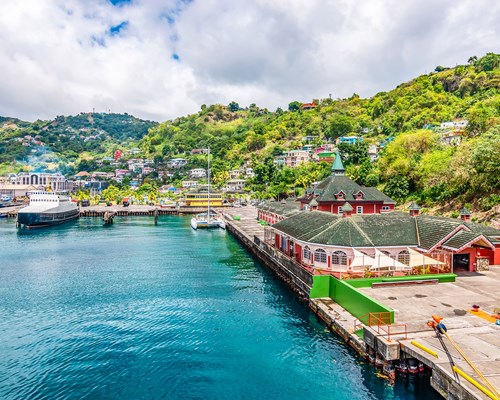
Kingstown
This is the nation’s capital city, found on the southwest of the island and built around the harbour. Gift shops are dotted here and there on Bay Street – otherwise this is a working Caribbean city. It’s interesting to walk or cycle around, with 18th century brick and stone buildings and grand Georgian arches. On Fridays and Saturdays, the market’s well worth a visit.
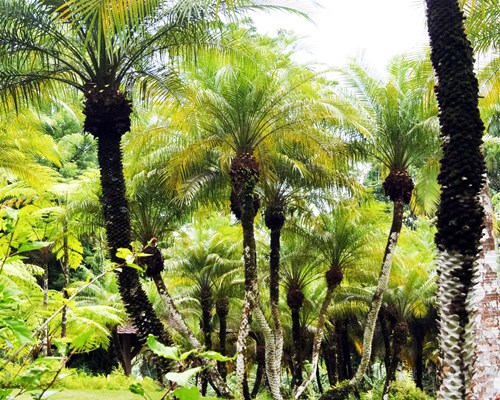
Montreal Estate Gardens
Volcanic peaks, lush hills, banana plantations and rainforest surround the Montreal Estate at 1500ft high. Its gardens span seven and a half acres, split into the Rain Forest Garden with its riverside trail, landscaped Formal Garden and exotic Colour Garden.
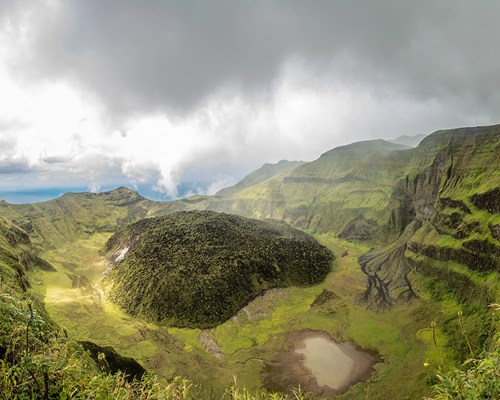
La Soufrière Volcano
Still active, the Soufrière is one of the most famous volcanoes on the planet. It caused massive destruction in 1902 when an eruption wiped out the Carib population. Thankfully, modern technology’s able to predict eruptions well in advance to prevent harm. The mountain spans a third of St Vincent and it’s possible to hike up to the crater and back.
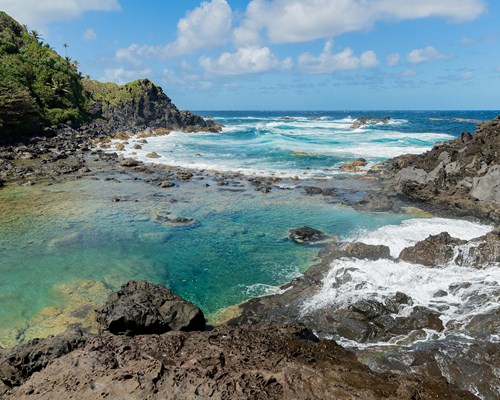
Owia Salt Pond
On the northeast cost in the ancient Carib village of Owia and guarded by volcanic boulders, the salt pond is said to have therapeutic properties which makes it a popular place for bathing.
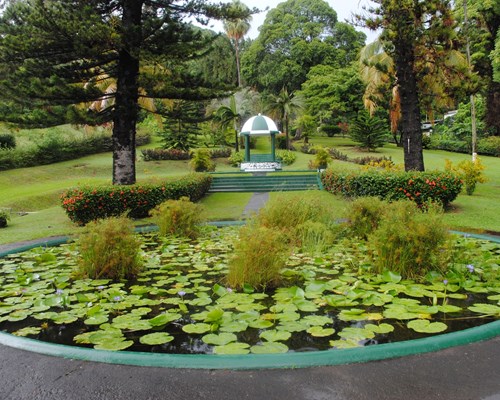
St Vincent Botanic Gardens
Blooming since 1765, this is the oldest Botanic Gardens of its kind in the Western Hemisphere. A breadfruit tree here comes from the first crop of breadfruit that Captain William Bligh bought to the island way back in 1793. The Curator’s House in the middle of the gardens is a 19th century building with a gorgeous veranda – once where the head gardener lived, now used for exhibitions.
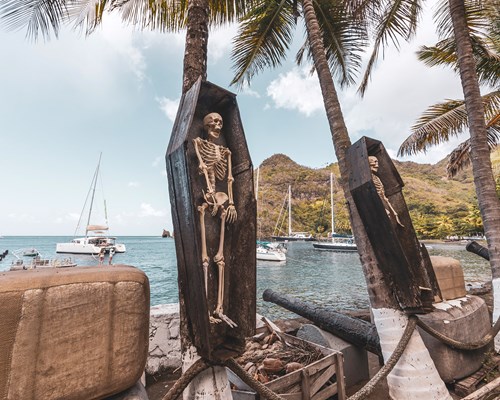
Pirates of the Caribbean locations
Wallilabou Bay on the west coast of St V. plays the British colony of Port Royal where the first POTC film starts – lookout for the arch where the bodies of pirates hang from. The setting appears in nearly all of the films and some of the backlots has been left behind to look around.
Wallilabou also serves as Tortuga where Captain Jack and Will Turner moor the Interceptor to find a crew in Curse of the Black Pearl… It appears in Dead Man’s Chest and At World’s End.
In the Tobago Cays, the islet of Petit Tabac played Rum runners isle where Barbosa maroons Elizabeth and Captain Jack in the first film.
Boat trips run to Wallilabou and the Tobago Cays and are the best ways of seeing the sites.
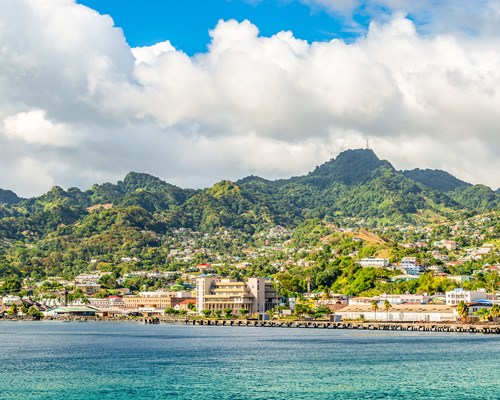
Carneige Building
A rich American philanthropist – Andrew Carnegie – paid for this place to be built as a public library in 1909. The Alliance Française took it over as their HQ and still occupy the first floor. The National Trust use the ground floor, and the National Archaeological Collection can also be found here displaying prehistoric artefacts.
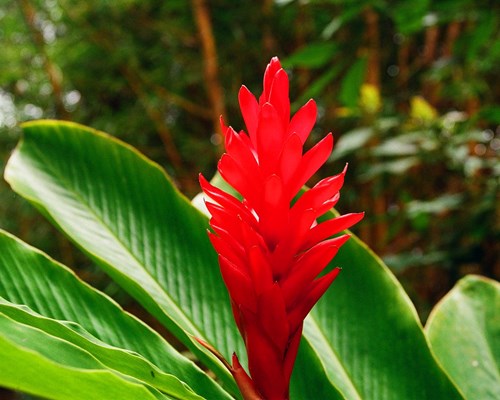
Baleine Falls
This 60-foot waterfall pours into a stunning rock pool. You can get here by boat or on foot along the coastal path from Fancy.
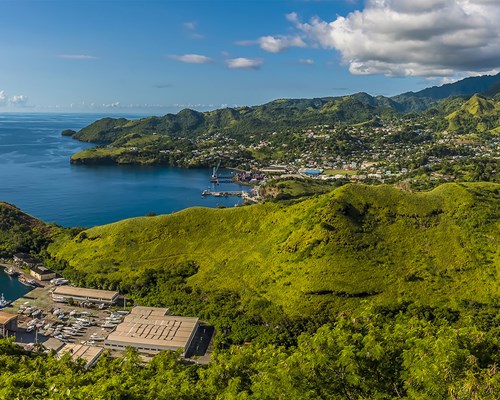
Fort Charlotte
Slave built and finished in 1806, this Kingstown fort was named after King George III’s wife. Unusually for forts, the guns point inland because rather than invading ships, the focus was defending the land against Black Caribs. Under the command of national hero Chief Chattoyér, their tribes caused huge destruction to the colonial settlements of St Vincent in 1779, seeking revenge for the awful treatment of white settlers. Sitting 600ft up, it has glorious views over the Grenadines.
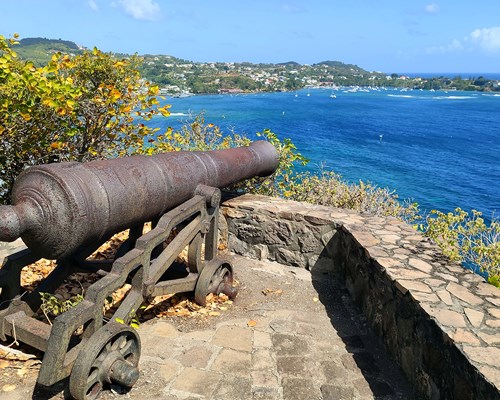
Fort Duvernette
Also known as Rock Fort, this structure was built by the English in the 1790’s to protect Calliaqua Bay, where ships were loaded with sugar before sailing back to Britain. Sat on top of a 190ft outcrop of volcanic rock (which used to be called Young’s Sugar Loaf) and reached by a built-in staircase, there are gun decks, a cannon and remains of supply buildings. The flora and fauna is fabulous - as are the views back over St Vincent and the Grenadine isles. The rock can be reached by boat from Villa Beach.
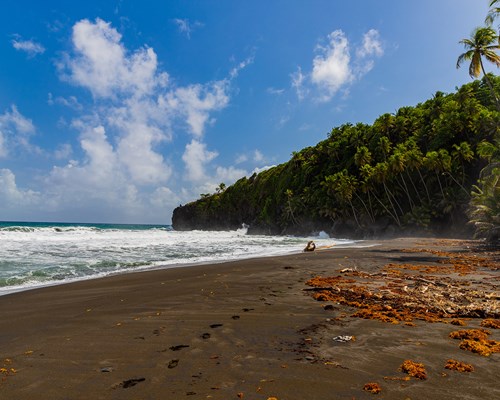
Black Point Tunnel
Leading off a dark sand beach, Black Point or Jasper Rock Tunnel is a 360ft passage leading into the hillside. Almost 200 years old, it was created by slaves in 1812 as a way to speed up the movement of sugar between the plantation and the bay.

Youroumei Heritage Village
Over on the east coast of St Vincent, the heritage park exists on what used to be the Orange Hill Estate – historical remains include plantation ruins and a restored sugar mill, now home to a museum.
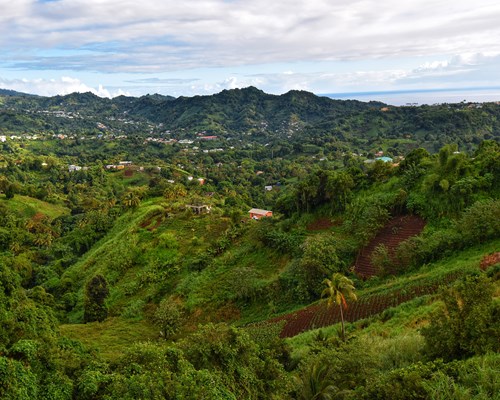
Belmont Lookout
Viewing platform 900ft up looking out over the Mesopotamia Valley – an extinct volcano and rich farmland, wildlife, and out to the isles of Bequia, Battowia and Baliceaux. Telescope and map.
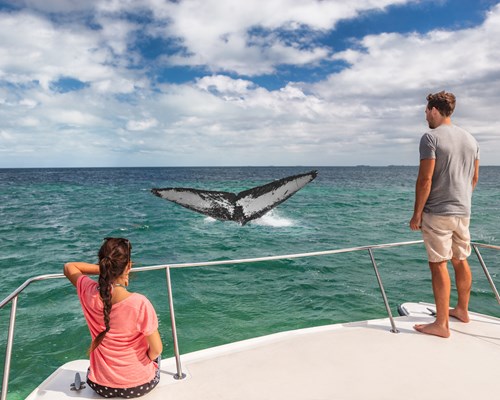
Whale watching
The increasingly eco-conscious nature of the islands has led whale watching to gradually take over the tradition of whale hunting. Vincentians have an ancient history of whaling, and while the hunting is diminishing dramatically to protect these majestic species, their knowledge of where to find whales makes their whale watching trips incredible. December to April is the best time of year for whale spotting, when you can see sperm, humpback, pilot and orca whales swim freely through local waters.

Wallilabou Heritage Park
Say it: wally-lar-boo. Cotton, cocoa and arrowroot were once produced in the Wallilabou Estate on the leeward coast, which now serves as a park with a garden, waterfall and natural pool.

St Mary’s Cathedral of the Assumption
The building of this Catholic cathedral took place from the 1800’s to the 1930’s. It bears a brilliant mix of architectural styles including Gothic turrets, Romanesque arches and Georgian and Moorish features.
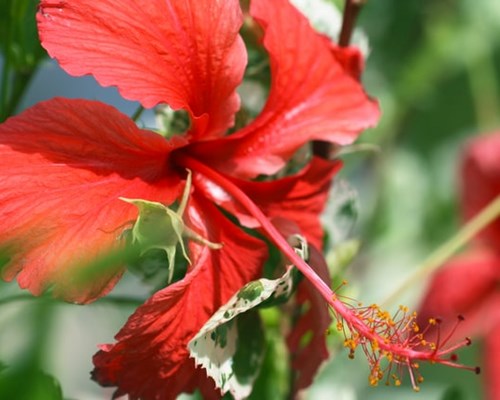
Layou Petroglyph Park
Found on the southwest part of St. Vincent, this is a collection of rock carvings made by native islanders sometime between 300 and 600 AD. It’s a gorgeous part of the island to explore with lush forest and a gushing river.

